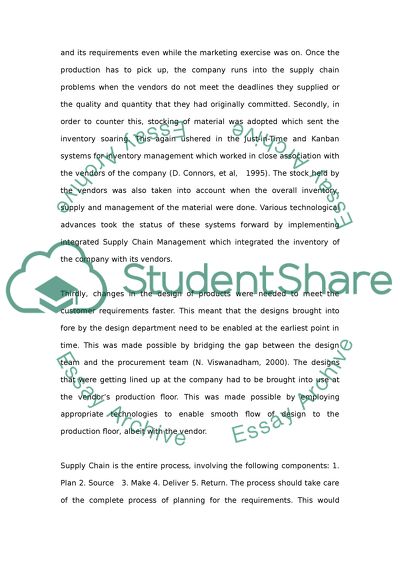Cite this document
(“Does Technology Solve the Problems of Supply Chain Management Essay”, n.d.)
Does Technology Solve the Problems of Supply Chain Management Essay. Retrieved from https://studentshare.org/technology/1524920-does-technology-solve-the-problems-of-supply-chain-management
Does Technology Solve the Problems of Supply Chain Management Essay. Retrieved from https://studentshare.org/technology/1524920-does-technology-solve-the-problems-of-supply-chain-management
(Does Technology Solve the Problems of Supply Chain Management Essay)
Does Technology Solve the Problems of Supply Chain Management Essay. https://studentshare.org/technology/1524920-does-technology-solve-the-problems-of-supply-chain-management.
Does Technology Solve the Problems of Supply Chain Management Essay. https://studentshare.org/technology/1524920-does-technology-solve-the-problems-of-supply-chain-management.
“Does Technology Solve the Problems of Supply Chain Management Essay”, n.d. https://studentshare.org/technology/1524920-does-technology-solve-the-problems-of-supply-chain-management.


